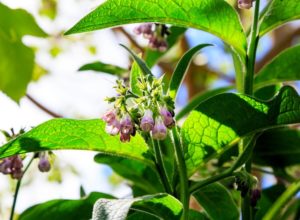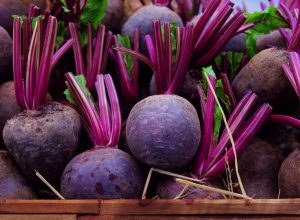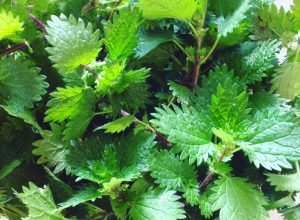May Garden Guide
Mediterranean Climate
(Cover image credit: Travel Diary – Alex L.)
We must have had proper rain in Adelaide at last – the soursobs are up! So are the sweet peas (and all the others, tall and short: snowpeas, telephone peas, dwarf peas and sugarsnap peas). Mushrooms and toadstools are appearing, as the multitude of fungi quietly decomposing last year’s woody mulch start popping up to take a look around. The ground hasn’t chilled yet, so the combination of warmth and moisture makes it a great planting time.
Grass seeds and runners are springing into life, and long-forgotten bulbs are reminding us where we planted them – including some of the garlic that escaped my attention last summer! When planting them anew, make thumb-sized holes (bigger if you’re planting the enormous Russian garlic) and poke individual cloves into the holes, pointy end up. Typical smaller varieties will reward you tenfold, with each clove producing a whole new bulb over the coming months.
Potatoes can be grown in trenches, no-dig beds, raised beds or big bags or baskets of straw and compost. My best crops have been started in trenches within raised beds, then topped up with soil, compost and plenty of mulch. Seed potatoes don’t need to be big and gorgeous like those you’d choose for making chips; the key thing is that they have plenty of ‘eyes’ to send up shoots. If they’re shooting already, plant them with the shoots pointing up where possible. Some people like to cut up the larger potatoes and plant sections with one strong shoot each – if you do this, let the cut surfaces dry overnight before planting. Each eye potentially produces a new plant, and each plant then grows potatoes along its roots – so the more space you give those roots, the more potatoes you’ll harvest.
Many strawberry plants will have sent out runners by now. When the runners have put down a few roots and their ‘umbilical cord’ from the parent plant has changed colour, they are ready to move out of home – cut them off and replant them where you want them to grow.
Native plants, especially those indigenous to the Adelaide hills and plains, usually flourish when planted at this time of year either as tubestock, or in some cases as cuttings (works well with ground covers) – this is a quick way to start establishing zone 4 towards the perimeter of your property. You can also divide many clumping perennials for a herb or floral border, e.g. yarrow, salvia, irises, agapanthus. Comfrey is re-shooting from roots and can also be divided by root cuttings.
Veggies and Flowers to Plant in May
Veg: Artichoke & asparagus crowns, beetroot, broad beans (S), carrots (S); broccoli, Brussels sprout, cabbage, cauliflower, celeriac, celery, endive, kale, leeks, lettuce, radish, rocket, silverbeet, spinach, swede, turnip, watercress (S = seed). Seed potatoes and garlic cloves. Strawberry runners.
Flowers: Start thinking about perennial flowering plants, e.g. daphne and roses, which can be planted over the next few months. Sweet peas, a self-seeding annual, do well on fences and against walls, providing fragrance and bee fodder for many months.
Seeds to get Going in Preparation for Seedlings this Month
Broccoli, Brussels sprouts, cabbage, celeriac, celery, kale, leek, lettuce, radish, spinach, swede, turnip.
What to Harvest, Store and Preserve in May
Citrus fruits are beginning to ripen. They are tastiest and juiciest when fully ripened on the tree. Make sure that after picking, citrus are well ventilated and don’t sit stacked in a bowl too long as they can suddenly go mouldy where they stick together. My great-aunt had very seedy mandarins so she used to make ice blocks from the juice, which we enjoyed no matter how cold the weather! Lemon and lime juice can also be frozen in ice cube trays and then stored in ziplock bags to use in cooking. Cordial is another favourite way of using up a lemon glut. If composting citrus waste, putting a small proportion in a very hot compost works best – they are very slow to break down in cold compost or worm farms.
Garden Jobs this Month
Collect falling leaves for mulch or compost. Cut back on irrigation. Shift compost and start digging it into soil ready for winter planting of deciduous trees. Plant green manure. Have a cup of tea on the porch and enjoy the mellow sunshine through the autumn leaves.
Permaculture Principle #5: Use and Value Renewable Resources and Services
It’s with gratitude that I think of the trees and vines that regrow every year here after providing me with summer fruit and shade, then autumn mulch and compost material; or the sunshine that soaks into the concrete of the porch floor and through the living room window, screened out in summer and welcomed in during winter by simple passive solar design; the solar panels which (amongst other things) charge our cargo bike to provide renewable-powered transport for people, luggage and groceries.
—
Nadja Osterstock
Contact: nadjasgarden@gmail.com
Phone: 0410 636 857








